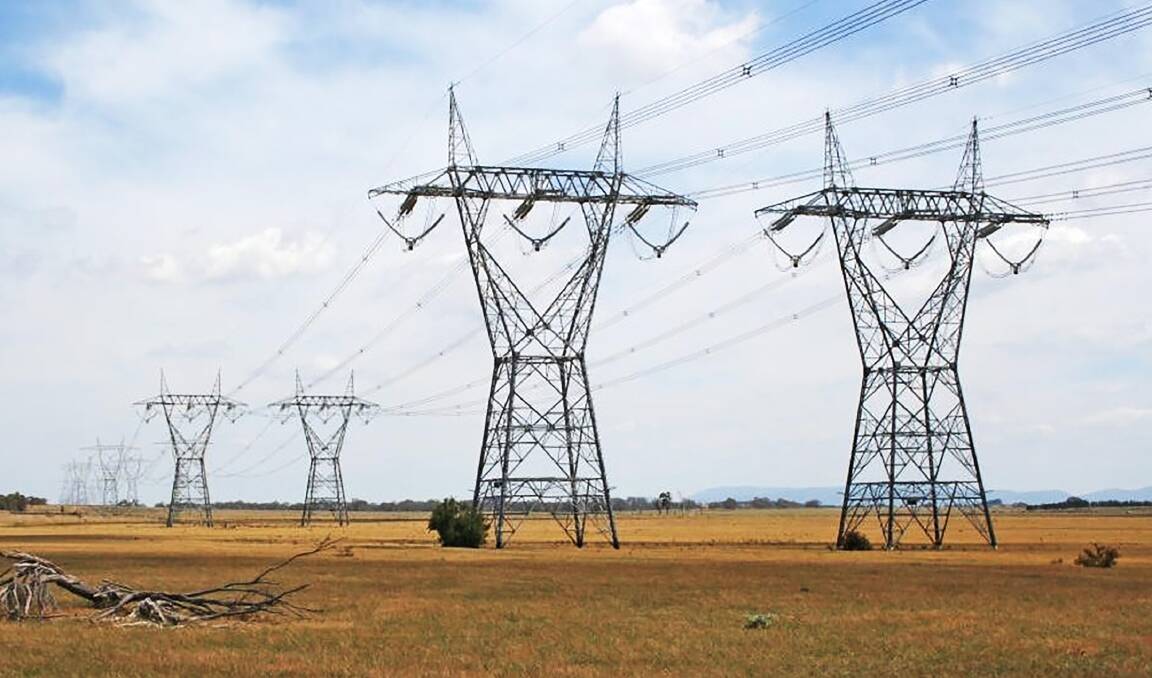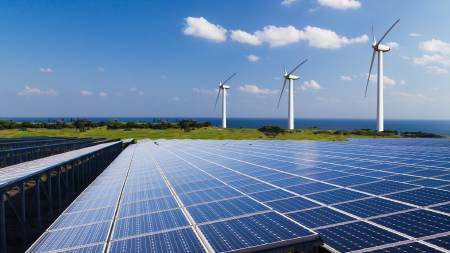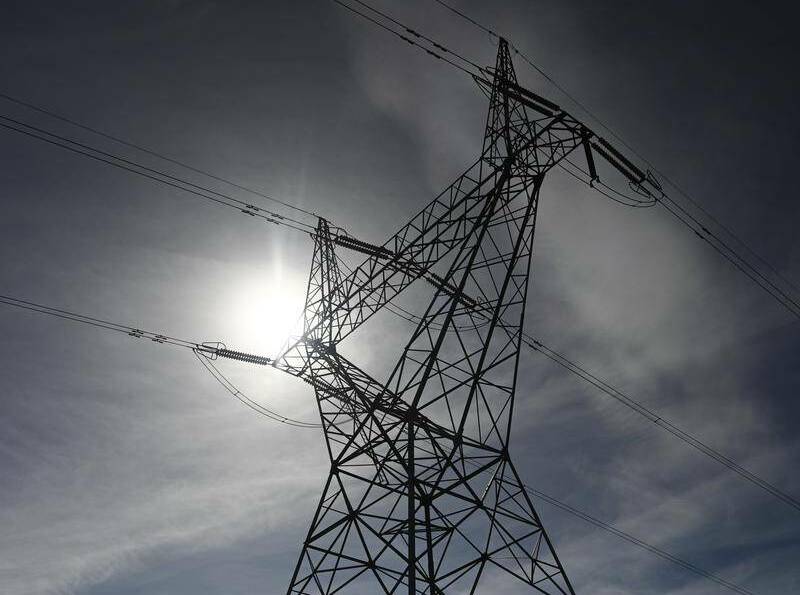
Queensland has raised the stakes on payments to be offered to rural property owners hosting controversial high voltage lines on their land.
Subscribe now for unlimited access.
or signup to continue reading
And in an Australian-first, neighbours within a kilometre of the line will get a share of the money as well.
The Queensland government has this week offered an average $300,000 per kilometre.
The Victorian government is offering rural property owners of $8000 per year per kilometre of transmission lines hosted for 25 years, or $200,000.
NSW farmers get $10,000 per year over 20 years for each kilometre of line they have to host although the total is still the same.
A bidding war has broken out among the states in their haste to start work on these powerlines.
South Australia is the most advanced of all the states having transformed its energy system from 1 per cent to more than 70pc renewable energy in just over 16 years.
Still, the state is building a new "interconnector" to NSW and northern Victoria so it can export green power.
Angry campaigns have been waged by communities across Australia about the plans to link new renewable power generators to the power grid.

The retirement of coal-fired power means many thousands of kilometres of transmission lines need to be upgraded to cope with the change of the power mix.
By one estimate, Australia-wide about 10,000km of transmission lines need to be rolled out by 2030.
Almost all of those renewable projects - solar and wind farms - are located where large amounts of cleared land is available, in rural Australia.
Individual farmers have been forced to negotiate with these renewable power companies for most times lucrative payments to host the turbines and solar panels.
But entire country communities are uniting to oppose the construction of the power lines and other infrastructure necessary to take this power to the cities.
They claim the lines will lead to higher fire risk and will ruin the local landscape.
They also say there has been a lack of consultation over the projects.
Farmers have claimed the power lines would impact on food production and their livelihoods.
Many of these communities want the lines routed underground, something the power companies have universally rejected as being too costly.
Queensland's Powerlink bases its proposal using a farm land value of $5000 per hectare, meaning some landowners might receive more money and others less.
Just this week, Rural Bank (part of the Bendigo and Adelaide Bank group) said the median price of farmland across Queensland reached a record high of $8119 per hectare last year.
Queensland says it needs about 1500km of 500-kilovolt transmission lines to be built north from Brisbane to the top of the state and west to Hughenden.

On top of the government directed compensation for individual landowners, other payments are expected to be paid for rural property owners who are directed to provide easements on their land.
Wind and solar farms typically have a life of about 25 years.
Payments offered to landowners to host these projects can vary widely.
Up to $3000 per acre could be paid annually with some solar farms.
A price between $4000 to $8000 per turbine is being paid to the host farmer based on megawatt capacity.
The average land rental for a single turbine would be between $24,000-$48,000 per year.
Even at the lower end, their 20 year life would reward the landowner with almost half a million dollars per turbine.


